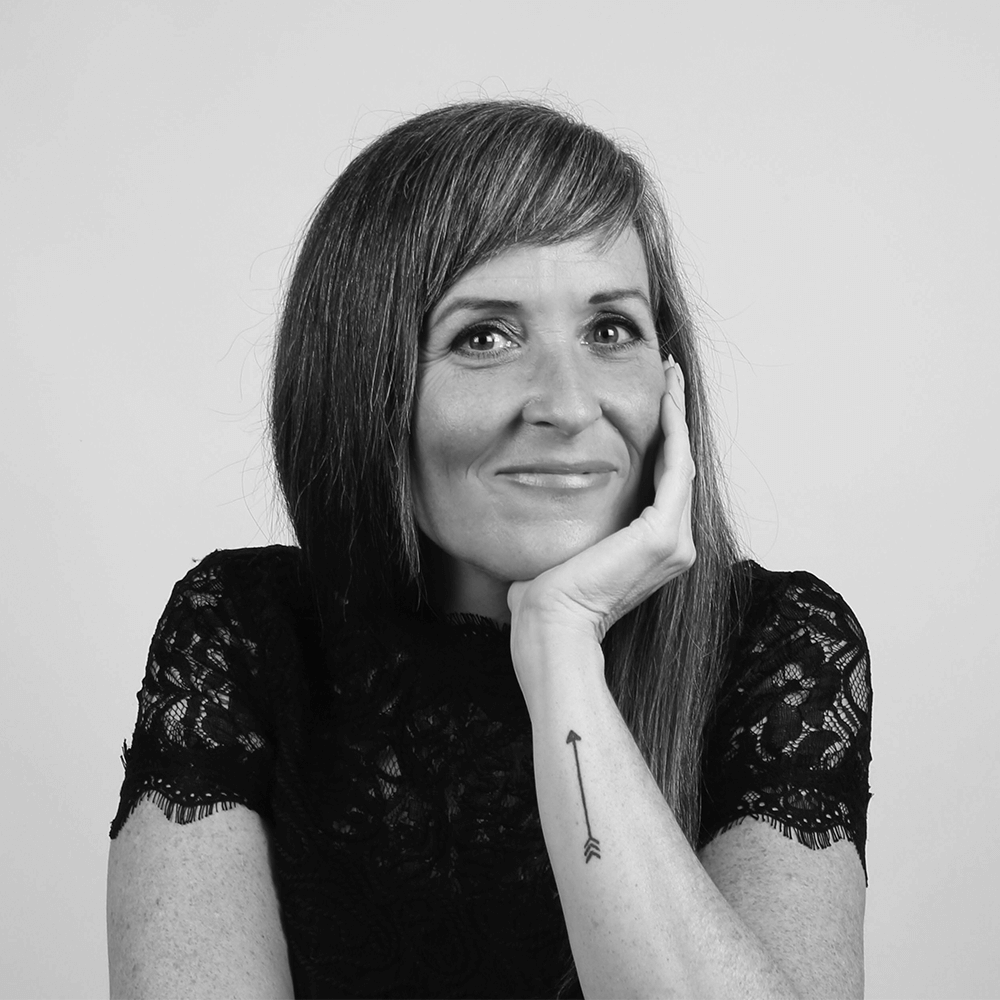
Creating the Citizen Experience in Myanmar
These change agents are 17 young adults who have completed their traditional schooling in Engineering, Education, Zoology, and some are even working in local government offices. They are looking to bring a new way of thinking to their work and community.
frog helped pointB to develop a curriculum—based off of our Collective Action Toolkit—that provides training for these change agents. I was privileged to participate in facilitating their first needsfinding module in a six-month course.
Needsfinding looks a lot like frog’s practice of Design Research; It requires immersion into the local community in order to understand the needs, attitudes, and behaviors of citizens. At frog, we want to understand how people think and behave and rather than creating an online survey to do this, we interact directly with people to uncover the unexpected insights that could shape a product or service. When you are new to this idea and you haven’t been required to observe these needs, it can feel a bit strange to walk up to strangers and ask them questions. Over the course of five days, the pointB team “learned by doing.” This process helped teams build up their confidence and uncover insights that could shape ideas for impact.
To frame the week, we started by mapping out an ecosystem of needs that put the citizen at the center. We sought to put ourselves in the position of someone living in a rural community and imagine what aspects would be important to them.

Three priority areas surfaced as we created the ecosystem map and teams formed to take on the challenge of understanding citizen needs in education, transportation, and communication.
Hypotheses were developed to put forward any assumptions about the topic. Research plans and toolkits were crafted by hand to allow for the collection of data at each interview. We spent time practicing our interviewing and documentation skills in order to be good listeners and observers of the world around us. From there, each team went out into the local community to learn more.

The communication team began with the idea to create a proposal for a new cell tower. Through discussions and a reframed view of what it means to be a change agent, they shifted their idea to something they could have more control over: a solar training kit. This concept would increase rural knowledge of renewable energy by providing much needed power access for any type of communication. It also had the potential to become a viable business for remote locations. In order to test this hypothesis and ensure their assumptions were correct, the communications team developed a set of research questions around power usage and solar understanding. By further testing their ideas in a local village, they learned that focusing the training on children could be a better way to educate the entire community and ultimately encourage the growth of solar business.
The education team wanted to look at how to increase motivation and inspiration in students when the typical learning environment has been more focused on rote memorization. They were able to get a meeting with a headmaster at a government school and got permission to interview students, teachers and parents in one afternoon. They have now launched a day course to test their ideas for a different kind of learning experience with primary students.

The transportation team focused on the needs of bus drivers and passengers as they looked to uncover ways they might improve the ride experience when the current system had cost and comfort challenges. For many, this was the first time they had ever approached someone they did not know to ask them questions about their life and values. “I was shaking,” said one change agent. “But I did it!” From their learnings, they have positioned a safety campaign to increase awareness around bus safety. They were even able to get a local business to support the campaign by providing safety banners for the bus.
The most profound shift I noticed was watching how each team began his or her process with ideas that required someone else to bring the solution to life. By the end of the week, they had transformed their thinking and come up with solutions that were both citizen-centered and actionable. Now we are excited to watch their concepts unfold and take form in the community!
To learn about their first impressions of the course, you can hear from them directly.
To follow their ongoing journey, you can follow pointB on Twitter and Facebook

Kara Pecknold is a Vice President of Regenerative Design at frog. For 20+ years, she has been supporting her clients to transform their products, services, teams and business models. She is head of design for frog in Germany and leads a team of designers, strategists and technologists. As a global leader of sustainability, she works at the intersection of people and planet by marrying creativity with science to better shape the future of the Next Economy organization.
We respect your privacy
We use Cookies to improve your experience on our website. They help us to improve site performance, present you relevant advertising and enable you to share content in social media. You may accept all Cookies, or choose to manage them individually. You can change your settings at any time by clicking Cookie Settings available in the footer of every page. For more information related to the Cookies, please visit our Cookie Policy.